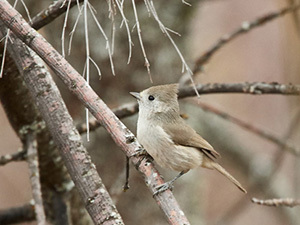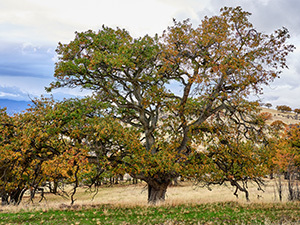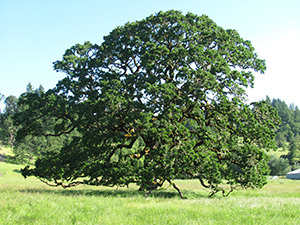Rogue River- Upper Fish Report for 11-24-2022
Upper Rogue Oak Initiative awarded $2.78 million for habitat restoration
Rogue River- Upper - Medford, OR (Jackson County)
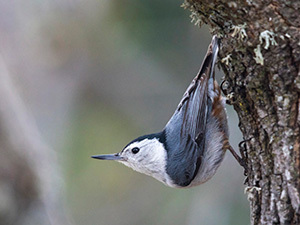
by OR Department of Fish & Wildlife Staff
11-24-2022
Website
ASHLAND, Ore. – ODFW in partnership with the Klamath Siskiyou Oak Network (KSON) received a $2.78 million federal grant from the America the Beautiful Challenge program to conduct oak-prairie habitat restoration in the Upper Rogue watershed.
The funding comes from multiple federal agencies and compliments match funding from private donations designated for landscape-scale conservation work directed by state, tribal, nonprofit, and working-lands partners.
“Building on a decade of collaboration, restoration, and a body of science to inform future actions, we are excited to embark on a project of this scale to protect oak for the benefit of people and wildlife,” said Jaime Stephens, Klamath Bird Observatory Science Director and KSON Coordinator.
The federal grant will help support two ongoing oak restoration initiatives. The Upper Rogue Oak Initiative builds on a recently awarded $7 million investment from the Oregon Watershed Enhancement Board and $3 million in matching funds to KSON’s Little Butte Oak Initiative. Support for both initiatives will create landscape resiliency and wildlife connectivity.
The additional investment expands the initiatives’ geographic reach by restoring 800 acres of oak habitat using prescribed fire, ecological thinning to reduce conifer encroachment, noxious weed reduction, and native understory planting.
For time immemorial, oak ecosystems have provided and continue to provide culturally important plants and other resources that sustain indigenous communities. Over the past century, oak-prairie ecosystems have experienced dramatic loss and degradation.
Through Lomakatsi’s Tribal Partnerships Program and the Inter-Tribal Ecosystem Restoration Partnership, tribes and inter-tribal crew members have been supporting oak habitat restoration as part of KSON and related initiatives for over two decades. A central part of the grant application focuses on engaging with tribes and tribal communities with ancestral ties to the project area, to ensure indigenous voices and the incorporation of culturally beneficial resources and subsistence “first foods” into restoration planning.
KSON partners anticipate equally distributing restoration actions across both private and BLM-administered public lands. Restoration treatments on BLM-administered lands are planned under various environmental analysis, including the Integrated Vegetation Management for Resilient Lands (IVM-RL) Environmental Assessment (EA).
“The BLM designed and developed the assessment with a desire to help streamline collaborative projects and increase competitiveness,” said BLM Medford District Manager Elizabeth Burghard. “We recognize the importance of an all lands, all hands approach to ecosystem restoration and fuels reduction projects.”
It is estimated that less than 25 percent of historic prairie-oak habitat remains across Oregon and the largest percentage of remaining oak habitat in the Pacific Northwest is in southwest Oregon. These remaining habitats are threatened by both land conversion and human-induced ecosystem process alterations.
Oak habitat loss is a major threat to wildlife species in Oregon including Oak Titmouse, White-breasted Nuthatch, Black-throated Gray Warbler, and game animals such as deer and elk.
ODFW’s Habitat Division, created by the Legislature in 2021, worked with the Pacific Birds Habitat Joint Venture, Oregon Wildlife Foundation, and Klamath Bird Observatory to secure funding through the America the Beautiful Challenge and will work with KSON starting in 2023 to implement restoration work.
Additional grant funds from the America the Beautiful Challenge were also awarded to projects in Oregon:
The Nez Perce Tribe was awarded $5 million for restoring sockeye salmon habitat connectivity at the Wallowa Lake dam.
Confederated Tribes of Coos, Lower Umpqua and Siuslaw will receive $3.5 million for tidal wetland restoration for Oregon Coast Coho Salmon habitat restoration in the Siuslaw River estuary.
North Fork John Day Watershed Council was awarded $509,000 for mine tailing and water quality restoration of Bull Run Creek in the Wallowa-Whitman National Forest.
Curry County Soil and Water Conservation District was awarded $700,000 for treatment of invasive gorse and English ivy to protect the Siskiyou National Forest.
For more information about how ODFW is connecting conservation partners and communities with once-in-a-lifetime federal infrastructure funds and other opportunities, visit ODFW’s Investing in Oregon (IIJA) webpage.
Photos
More Reports
Evidence shows Miller Lake lamprey back in the lake for first time since the 1950s
Miller Lake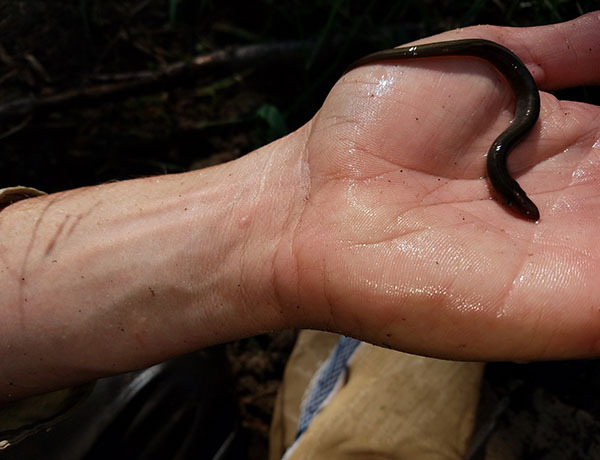
11-19-2022
CHEMULT, Ore – New evidence of Miller Lake lamprey shows these tiny fish are now back in Miller Lake for...... Read More
OR Department of Fish & Wildlife Reports
for Friday, November 18th, 2022: Ocean commercial Dungeness crab season delayed

Website Hosting and Design provided by TECK.net
